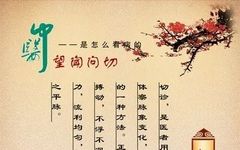
Xu (Deficiency) and Shi (Excess)
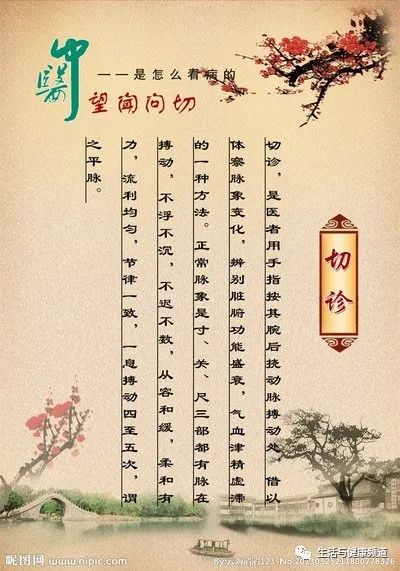
Xu refers to insufficient Zheng Qi (Vital Energy); Shi refers to excessive Xie Qi (Evil Energy). Xu patterns reflect a weakness in the body’s Zheng Qi while Xie Qi is not overly strong. Shi patterns indicate an abundance of Xie Qi, while Zheng Qi has not yet weakened, leading to a fierce struggle between Zheng and Xie. Differentiating between Xu and Shi allows for an understanding of the patient’s condition, providing a basis for treatment: Shi patterns require expulsion, while Xu patterns require tonification. Accurate differentiation is essential for appropriate treatment, avoiding the errors of mistaking Xu for Shi and vice versa.
I. Xu Patterns
Xu patterns are a pathological summary of various clinical manifestations resulting from weak Zheng Qi. The formation of Xu patterns can be attributed to congenital deficiencies, inadequate nourishment postnatally, and the depletion caused by illness.
Due to the complexity of clinical manifestations of Xu patterns, only some common and regular manifestations will be introduced here.
Clinical Manifestations: The manifestations of various Xu patterns are highly inconsistent and difficult to summarize comprehensively. Common signs include pale or sallow complexion, mental fatigue, physical weakness, palpitations, shortness of breath, cold limbs, spontaneous sweating, loose stools, urinary incontinence, pale and swollen tongue, weak and slow pulse, or symptoms such as five hearts heat, weight loss with red cheeks, dry mouth and throat, night sweats, and a red tongue with little coating, rapid and weak pulse.
Pathological Analysis: The pathogenesis of Xu patterns primarily manifests in two aspects: Yin deficiency or Yang deficiency. If Yang is deficient, the symptoms will primarily reflect Yang Qi deficiency. Due to the loss of warmth and the inability to secure, symptoms such as pale complexion, cold limbs, fatigue, palpitations, shortness of breath, loose stools, and urinary incontinence may occur. If Yin is deficient, the symptoms will primarily reflect the loss of Yin essence. Due to Yin’s inability to control Yang, the nourishing and moistening functions are lost, leading to symptoms such as heat in the palms and soles, irritability, sallow or red complexion, tidal fever, and night sweats. Yang deficiency leads to excessive Yin cold, resulting in a swollen and pale tongue, weak and slow pulse; Yin deficiency leads to excessive Yang, resulting in a red, dry tongue with little coating and a thin, rapid pulse.
II. Shi Patterns
Shi patterns are a pathological summary of various clinical manifestations resulting from the invasion of external pathogens or the accumulation of pathological products within the body. The causes of Shi patterns can be divided into two aspects: one is the invasion of external pathogens, and the other is the dysfunction of internal organs leading to the accumulation of phlegm, dampness, and blood stasis.
Due to the diverse manifestations of Shi patterns, only some common and general issues will be introduced here.
Clinical Manifestations: Due to different etiologies, the manifestations of Shi patterns are also highly inconsistent, with common signs including fever, abdominal distension and pain, chest tightness, irritability, even confusion and delirium, coarse breathing, excessive phlegm, constipation, or diarrhea, urgency and heaviness in the lower abdomen, difficulty urinating, painful urination, a strong and forceful pulse, and a pale tongue with thick and greasy coating.
Pathological Analysis: Excessive Xie Qi leads to a struggle against Zheng Qi, resulting in Yang heat and thus fever. The disturbance of the heart by Shi Qi may lead to irritability or confusion; if the Xie Qi obstructs the lungs, normal descent and diffusion are disrupted, leading to chest tightness and coarse breathing. If Shi accumulates in the intestines and stomach, it may cause constipation, abdominal distension, and pain. Damp-heat may lead to diarrhea with urgency and heaviness, while dampness obstructs the bladder, causing painful urination. The struggle between Zheng and Xie manifests in a strong and forceful pulse, while damp-heat may lead to a thick and greasy tongue coating.
III. Differentiating Xu and Shi Patterns
The symptoms of Xu and Shi patterns have been introduced separately above, but clinically, some symptoms can appear in both Xu and Shi patterns. For example, abdominal pain can occur in both Xu and Shi patterns. Therefore, to differentiate between Xu and Shi, a comprehensive analysis through the four examinations (observing the body, tongue, listening to the voice, inquiring about the illness, palpating the abdomen, and pulse examination) is necessary. Generally, Xu patterns are associated with a weak body, while Shi patterns are often associated with a robust body. Patients with Xu patterns have a low voice and weak breath, while those with Shi patterns have a loud voice and coarse breath. Chronic illness often leads to Xu, while acute illness often leads to Shi. A pale and tender tongue with a weak pulse indicates Xu; a pale and old tongue with a strong pulse indicates Shi.
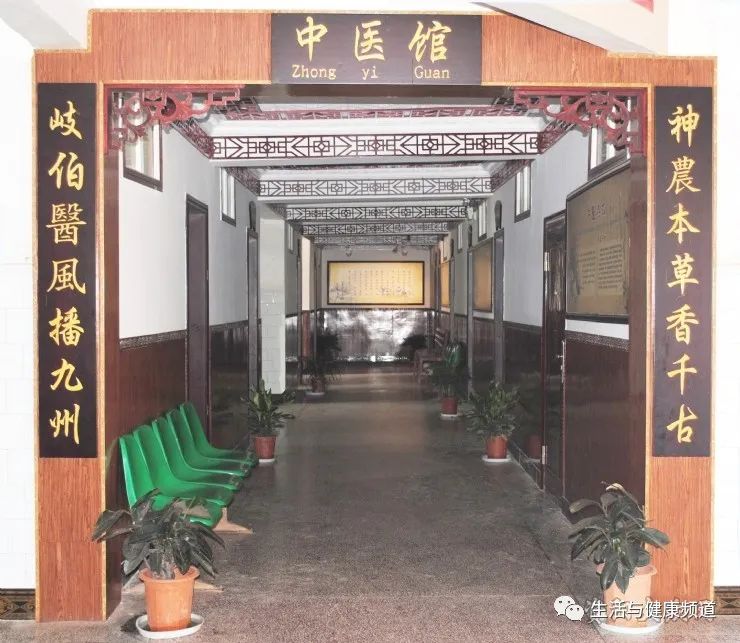
IV. The Relationship Between Xu and Shi
Disease is a complex developmental process. Due to factors such as constitution, treatment, and care, Xu and Shi patterns often present mixed, transformed, or false symptoms. Without careful observation, misdiagnosis is easy. The following are discussed:
1. Mixed Xu and Shi
Any Xu pattern that includes Shi or any Shi pattern that includes Xu, as well as the simultaneous presence of both, is considered mixed Xu and Shi. For example, exterior Xu with interior Shi, exterior Shi with interior Xu, upper Xu with lower Shi, and upper Shi with lower Xu. The treatment of mixed Xu and Shi requires both expulsion and tonification, but it is essential to differentiate the predominance of Xu or Shi to determine the appropriate use of herbs.
2. Xu with Shi: This pattern often occurs in patients with Shi patterns where Zheng Qi is damaged, or in patients with pre-existing Xu who are newly affected by external pathogens. Its characteristic is that Shi is predominant, while Zheng Qi is secondary. For example, in the Bai Hu Jia Ren Shen Tang (White Tiger Decoction with Ginseng) pattern from the Shang Han Lun (Treatise on Cold Damage), the primary symptoms are high fever, thirst, sweating, and a strong pulse. However, due to the heat damaging Qi and Yin, symptoms of dryness and irritability may also appear, indicating a mix of Shi and Xu. The treatment should primarily focus on expelling the evil while also tonifying Zheng Qi.
3. Shi with Xu: This pattern often occurs in patients with severe Shi patterns that have persisted for a long time, leading to significant damage to Zheng Qi, with residual Shi. It can also occur in patients with a pre-existing severe deficiency who are newly affected by pathogens. Its characteristic is that Zheng Qi is predominant, while Shi is secondary. For example, in the late stage of a warm disease, the pattern of kidney Yin deficiency may present with low-grade fever, dry mouth, and a dry tongue, indicating a predominance of Xu with residual Shi. The treatment should focus on nourishing Yin and supporting Zheng Qi while clearing residual heat.
4. Equal Xu and Shi: This pattern occurs in two situations: one is a severe Shi pattern that has persisted for a long time, leading to significant damage to Zheng Qi, while the Shi has not diminished; the other is a patient with weak Zheng Qi who is newly affected by strong pathogens. Their characteristics are that both Zheng Qi deficiency and Shi are evident, and the condition is relatively severe. For example, in pediatric malnutrition, symptoms may include diarrhea, insatiable appetite, thick and turbid tongue coating, and a thin and slightly wiry pulse. The treatment should focus on both resolving food stagnation and strengthening the spleen.
2. Transformation Between Xu and Shi
The development of disease is often a process of struggle between Zheng and Xie. The reflection of this struggle in symptoms primarily manifests as changes between Xu and Shi. During the course of the disease, some patterns that were originally Shi may transform into Xu due to prolonged pathogenic influence damaging Zheng Qi; conversely, some patterns that were originally Xu may develop into Shi due to dysfunction of internal organs leading to the accumulation of phlegm, food, blood, or water. For example, a high fever, thirst, sweating, and a strong pulse may indicate a Shi heat pattern, but if treated improperly over time, it may lead to the depletion of fluids and result in muscle wasting, pale complexion, loss of appetite, fatigue, a smooth tongue, and a weak pulse, indicating a transformation from Shi to Xu. Conversely, a patient with a deficiency of heart and spleen Qi may present with palpitations and shortness of breath, and if not treated properly, may suddenly experience severe chest pain, indicating a transformation from Xu to Shi due to Qi deficiency and blood stasis.
3. True and False Xu and Shi
Xu and Shi can have true and false distinctions. When differentiating, it is essential to identify the true from the false in mixed symptoms to avoid the error of mistaking Xu for Shi and vice versa. The differentiation of true and false Xu and Shi is not the same as mixed Xu and Shi patterns and requires careful examination.
1. True Shi with False Xu: This refers to a condition that is fundamentally Shi but presents some symptoms that seem Xu. For example, in cases of heat accumulation in the stomach and intestines, phlegm and food stagnation may present with a calm demeanor, cold limbs, and a slow or weak pulse. Upon careful examination, it can be found that although the demeanor appears calm, the voice is loud and strong; the pulse, although weak, is still forceful upon palpation; and although the limbs are cold, the abdomen feels hot upon prolonged pressure. The cause of these seemingly Xu symptoms is not weakness of the body but rather obstruction of the meridians by Shi Qi, preventing the flow of Qi and blood, thus termed a false appearance.
2. True Xu with False Shi: This refers to a condition that is fundamentally Xu but presents some symptoms that seem Shi. For example, a patient with a weak spleen may experience abdominal distension and pain, with a wiry pulse. Upon careful examination, it can be found that the abdominal distension may sometimes alleviate, unlike the constant fullness seen in Shi patterns; although there is abdominal pain, it is relieved by pressure; and although the pulse is wiry, it becomes weak upon deeper palpation. The cause of these seemingly Shi symptoms is not due to Shi Qi but rather the result of weakness in the body, thus also termed a false appearance.
The differentiation of true and false Xu and Shi can be summarized in the following four points:
1. The strength or weakness of the pulse, the presence or absence of spirit, and the characteristics of the floating or sinking pulse.
2. The quality of the tongue, whether it is swollen and tender or pale and old.
3. The tone and volume of speech, whether it is loud or weak.
4. The patient’s constitution, the cause of the illness, the duration of the illness, and the treatment history.
V. The Relationship Between Xu and Shi with Exterior and Interior Cold and Heat
Xu and Shi are often reflected through the aspects of exterior and interior cold and heat, forming various patterns. Common clinical presentations include exterior Xu, exterior Shi, interior Xu, interior Shi, Xu heat, Shi heat, Xu cold, and Shi cold.
1. Exterior Xu Patterns
Exterior Xu patterns can be divided into two types: one refers to patterns caused by the invasion of wind pathogens, characterized by aversion to wind and spontaneous sweating, known as exterior Xu due to external invasion. The other refers to lung and spleen Qi deficiency, where the defensive Qi cannot secure the exterior, leading to spontaneous sweating and susceptibility to external pathogens, known as interior Xu.
Clinical Manifestations: For exterior invasion: headache, stiff neck, fever, sweating, aversion to wind, and a floating and relaxed pulse.
For interior injury: frequent spontaneous sweating, susceptibility to colds, pale complexion, shortness of breath, wheezing upon exertion, fatigue, poor appetite, loose stools, pale tongue with white coating, and a weak pulse.
Pathological Analysis: The exterior Xu pattern caused by wind invasion results from the wind obstructing the Taiyang meridian, leading to headache and stiff neck; the Zheng Qi is weak, causing fever; the muscle layers are loose, leading to spontaneous sweating; and the pulse is floating and relaxed due to the external wind.
The interior Xu pattern is primarily due to lung and spleen Qi deficiency. The lungs govern the skin and hair, while the spleen governs the muscles; if Qi is deficient, the muscle layers become loose, and the defensive Qi cannot secure, leading to spontaneous sweating. With weak defensive Qi, susceptibility to colds is common. Lung and spleen Qi deficiency will also present with general signs of Qi deficiency, such as pale complexion, shortness of breath, fatigue, poor appetite, loose stools, pale tongue, and weak pulse.
2. Exterior Shi Patterns
Exterior Shi patterns are caused by the invasion of cold pathogens into the muscle layers.
Clinical Manifestations: Fever with aversion to cold, headache and body aches, no sweating, and a floating and tight pulse.
Pathological Analysis: The invasion of external pathogens leads to Yang Qi rising to resist the evil, resulting in fever; the evil obstructs the muscle layers, preventing normal diffusion of the defensive Qi, leading to aversion to cold. The obstruction of the meridians causes pain in the head and body, and the pulse is floating and tight due to the cold evil binding the exterior.
3. Interior Xu Patterns
The content of interior Xu patterns is extensive, encompassing deficiencies in various organs, meridians, Yin, Yang, and Qi and blood. This will be elaborated in subsequent chapters. If classified by cold and heat, interior Xu patterns can be divided into Xu cold and Xu heat.
4. Interior Shi Patterns
Interior Shi patterns also encompass a wide range, including various organs and meridians, as well as different types of evil Qi. Many specific patterns will be introduced in future discussions. If classified by cold and heat, interior Shi patterns can be divided into Shi cold and Shi heat.
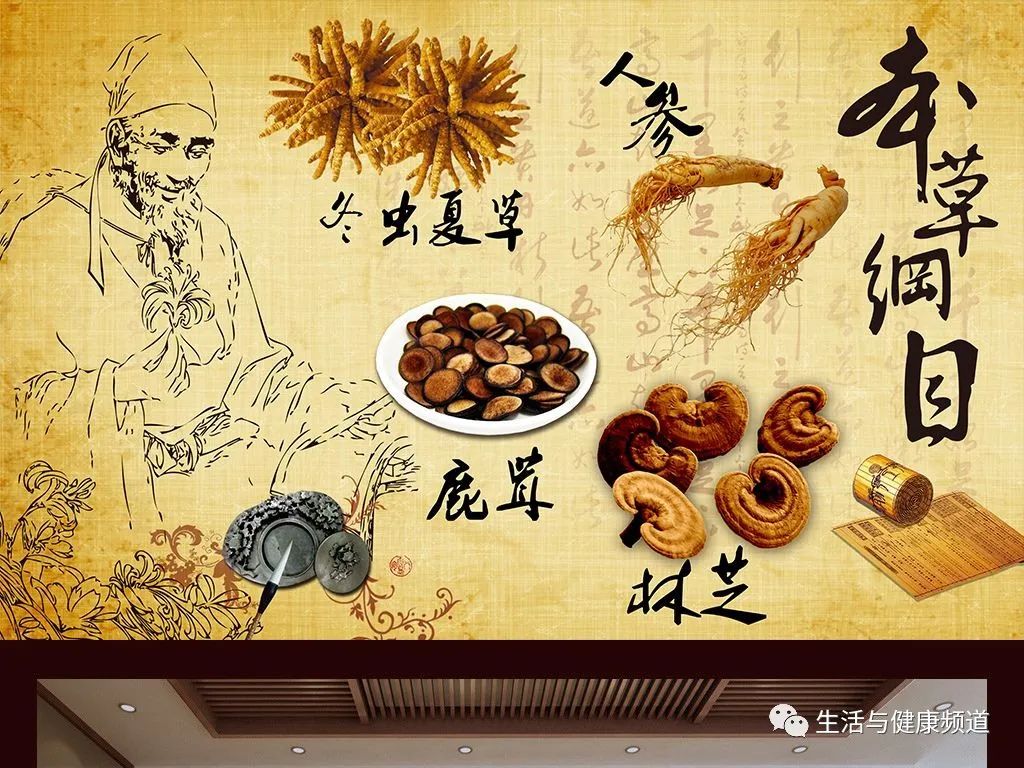
5. Xu Cold Patterns
Xu cold patterns are caused by the deficiency of Yang Qi within the body.
Clinical Manifestations: Lack of energy, pale complexion, aversion to cold, cold limbs, abdominal pain relieved by warmth and pressure, loose stools, clear and long urination, shortness of breath, fatigue, pale and tender tongue, and a weak and slow pulse.
Pathological Analysis: The pathogenesis of this pattern is Yang Qi deficiency. Insufficient Yang Qi leads to inadequate warming and Qi transformation, resulting in lack of energy, pale complexion, fatigue, pale and tender tongue, and a weak pulse. Insufficient Yang Qi also leads to aversion to cold, cold limbs, abdominal pain relieved by warmth, loose stools, and clear and long urination.
6. Xu Heat Patterns
Xu heat patterns are caused by the deficiency of Yin fluids within the body.
Clinical Manifestations: Red cheeks, weight loss, tidal fever, night sweats, five hearts heat, dry throat and mouth, red tongue with little coating, and a thin and rapid pulse.
Pathological Analysis: The depletion of Yin fluids leads to gradual weight loss; Yin deficiency fails to control Yang, resulting in internal heat disturbing the heart, leading to irritability, heat in the palms and soles, tidal fever, and night sweats. The rise of internal heat manifests as red cheeks, dry throat and mouth, red tongue with little coating, and a thin and rapid pulse.
7. Shi Cold Patterns
Shi cold patterns are caused by the invasion of cold evil (Yin evil) into the body.
Clinical Manifestations: Aversion to cold, preference for warmth, pale complexion, cold limbs, abdominal pain with tenderness, bowel sounds and diarrhea, or phlegm and wheezing, clear and long urination, white and moist tongue coating, and a slow or tight pulse.
Pathological Analysis: The presence of cold evil in the body obstructs Yang Qi, leading to aversion to cold and preference for warmth, cold limbs, and insufficient Yang Qi leading to abdominal pain with tenderness. If the cold evil obstructs the intestines, it may lead to bowel sounds and diarrhea. If the cold evil obstructs the lungs, it may lead to phlegm and wheezing. Clear and long urination, white and moist tongue coating, and a slow or tight pulse are all signs of Yin cold.
8. Shi Heat Patterns
Shi heat patterns are caused by the invasion of Yang heat evil into the body.
Clinical Manifestations: High fever with a preference for coolness, thirst for cold drinks, red face and eyes, irritability or confusion, abdominal distension and pain with tenderness, constipation, short and red urination, red tongue with yellow and dry coating, and a strong, slippery, rapid pulse.
Pathological Analysis: The presence of heat evil leads to high fever with a preference for coolness; the heat rises and disturbs the heart, leading to irritability or confusion; heat accumulation in the stomach and intestines leads to abdominal distension and pain with tenderness, constipation; heat injures Yin fluids, leading to short and red urination, and the tongue is red with yellow and dry coating, indicating heat evil, while the pulse is strong, slippery, and rapid due to the heat stimulating the blood vessels.
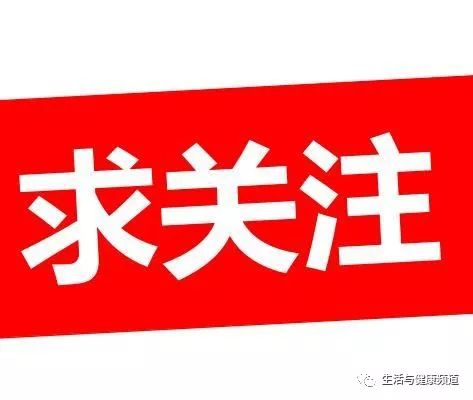
Thank you for reading this article! We appreciate your support!
We appreciate your support!

